Radiation from these tests can increase your cancer risk.
If you’ve suffered a serious injury or your doctor suspects cancer, a CT scan could be lifesaving. But since 1980, the number of those tests done each year has grown from fewer than 3 million to more than 80 million. And recent research suggests that roughly a third of them serve little if any medical purpose. Even when appropriate, doctors and technicians don’t always take the steps needed to limit exposure.
Researchers estimate, in fact, that at least 2 percent of all future cancers in the U.S.—about 29,000 cases and 15,000 deaths each year—are likely to come from CT scans alone. Although the threat is greatest in children, older people face risks, too, and some research suggests that our susceptibility to certain radiation-induced cancer does not diminish as much with age as once thought.
“There are lots of reasons for ordering CT scans, and not all of them are good ones,” says Orly Avitzur, M.D., a Consumer Reports medical adviser. “Doctors may order them because they’re out of date with research, worried about malpractice, have financial incentives, or because patients insist on them.”
Here’s our head-to-toe advice for when CT scans and X-rays are needed—and when they’re not.
 Headache
Headache
The problem: A severe headache may make you worry about a brain tumor, which may make you think you need a CT scan. But that’s rarely true. Most people who seek medical help for head pain have tension headaches or migraines. Although those can be painful, your doctor should be able to diagnose the problem with a medical history and a neurological exam.
When you might need a CT scan: An imaging test might be appropriate if you have an abnormal neurological exam or your doctor can’t diagnose your headache based on your symptoms and an exam. But in most of those cases, you need an MRI, not a CT. That test, which does not expose you to radiation, better detects serious causes of headaches, such as aneurysms and tumors.
 Dental check-up
Dental check-up
The problem: Typical bitewing X-rays, which show the crowns of upper and lower teeth, don’t expose you to a lot of radiation. But because the dosage is cumulative and people get so many of the X-rays over the course of their lives, the potential for damage can build up. And some X-rays common in dentist offices—like certain panoramic or full-mouth CT scans—use higher doses.
When you need X-rays or CT scans: Most people can go 24 to 36 months between bitewings and up to 10 years between full-mouth series. And 3D dental CT scans are rarely needed, even before orthodontic procedures in children, according to the American Dental Association.
 Knock on the head
Knock on the head
The problem: A head injury can be scary, especially in children. And in recent years, people seem to be taking the accidents even more seriously. The number of ER visits for head injuries in young children has almost doubled in the past decade, according to the national Centers for Disease Control and Prevention. But about a third of the scans done as a result are unneeded, says the American Academy of Pediatrics.
When you might need a CT scan: In most cases, a neurological exam, including questions about the injury and symptoms, can determine whether your child has a minor concussion. Expect a CT scan only after a car crash, a fall from a bike without a helmet, or other serious accident, or if he or she experiences worrisome symptoms, such as confusion, loss of consciousness, weakness or tingling on one side of the body, or loss of hearing or vision.
 Congested sinuses
Congested sinuses
The problem: It’s sometimes unclear whether lingering congestion stems from allergies or a sinus infection. To determine the cause, some doctors order CT scans. But a simple nasal smear is usually all that’s required.
When you might need a CT scan: Consider one if you have frequent or chronic sinusitis or your doctor thinks surgery may be needed.
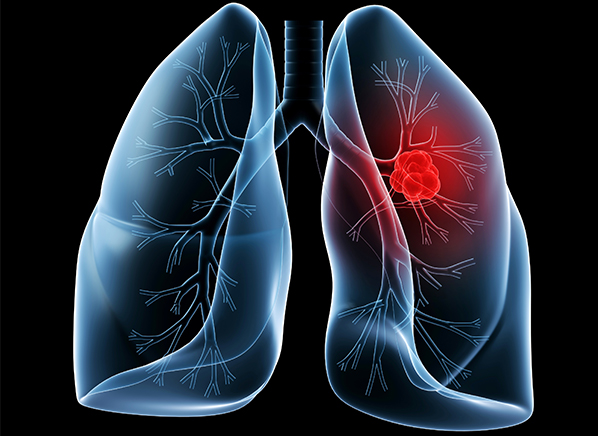 Lung-cancer screening
Lung-cancer screening
The problem: Lots of ads pitch CT scans for lung-cancer screening. And it would be great if there were a safe, effective way to catch the disease early, because it’s still the leading cause of cancer deaths in men and women. But research shows that the test is worthwhile only in people with very high lung-cancer risk.
When you might need a CT scan: Lung-cancer screening makes sense for current or former smokers between the ages of 55 and 80 who smoked the equivalent of a pack a day for 30 years.
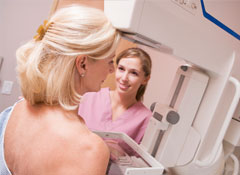 Breast-cancer screening
Breast-cancer screening
The problem: Mammograms don’t expose women to much more radiation than a chest X-ray. And they can prevent breast-cancer deaths. But some doctors recommend them more often than necessary or encourage women to start young. That can needlessly expose women to radiation and raises the possibility of false alarms, which can cause anxiety and unnecessary treatments.
When you need a mammogram: Women 50 to 74 should get screened every two years. Those in their 40s or 75 and older should talk with a doctor to see whether testing makes sense for them based on their risk factors.
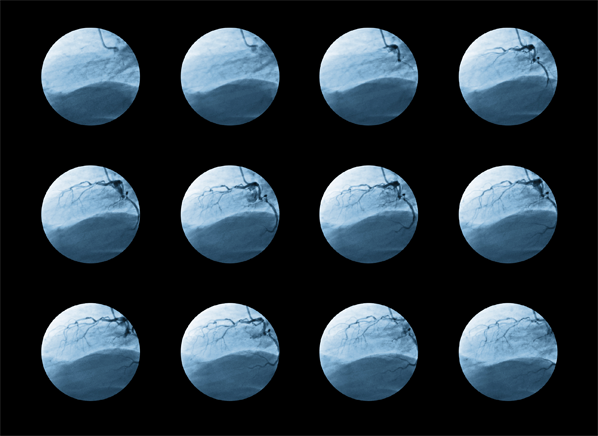 Heart-disease screening
Heart-disease screening
The problem: Doctors can use CT scans to assess your risk of heart disease by measuring the buildup of calcium in your coronary arteries. Or they may look for blocked arteries with a test called CT angiography. Some doctors say the results can help them decide how to treat people at moderate heart-attack risk; for example, whether they should prescribe drugs for borderline high-cholesterol levels. But doctors can usually accomplish the same thing by looking at risk factors such as blood pressure and family history. And the test exposes you to a lot of radiation.
When you might need CT angiography: The test may be an option if your doctor strongly suspects a pulmonary embolism, a potentially fatal event that occurs when a blood clot travels from your legs or elsewhere in your body to your lungs.
 Back pain
Back pain
The problem: Back-pain sufferers often want their doctor to do something, fast. And for many people, that means getting an X-ray or CT scan as soon as possible. But back pain usually stems from muscle strains and usually clears up on its own in about a month. Getting tested sooner rarely helps doctors decide on how to treat the problem.
When you might need an imaging test: Your doctor should order an imaging test right away if he or she suspects nerve damage or a serious problem such as cancer or a spinal infection. But in those cases, you usually need an MRI, not an X-ray or CT scan. Some red flags include a history of cancer, fever, recent infection, loss of bowel or bladder control, or loss of muscle power or feeling in the legs. Otherwise, resist the urge to take a peek.
 Pain in your stomach or side
Pain in your stomach or side
The problem: A sharp pain in your abdomen can mean appendicitis. A similar pain in your flank could indicate a kidney stone. Both can be excruciating, and doctors often order CT scans to confirm the diagnosis. But in both cases, an ultrasound can be an option.
When you might need a CT scan: A scan can be used to diagnose possible appendicitis and kidney stones if the ultrasound results are unclear.
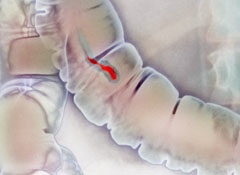 Colon-cancer screening
Colon-cancer screening
The problem: Some doctors recommend CT colonography, or “virtual colonoscopy,” over the regular version because that allows patients to avoid having a tube inserted into the colon. But it requires the same pretest prep, and abnormal results must be confirmed by a regular colonoscopy. And CT colonography is not as accurate.
When you might need CT colonography: The test might make sense if you cannot or will not undergo a colonoscopy.
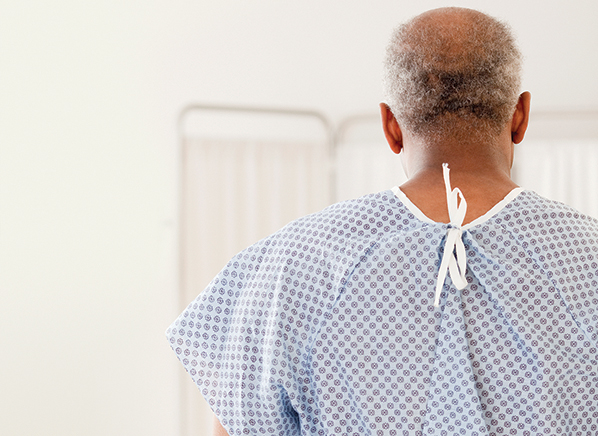 Prostate-cancer staging
Prostate-cancer staging
The problem: If you’ve been diagnosed with prostate cancer, your doctor may suggest a CT or other scan to see whether the tumor has spread. But doctors can often tell how aggressive prostate cancer is by analyzing the biopsy results and looking at the prostate-specific antigen (PSA) levels in your blood.
When you might need a CT scan: The test is necessary only if your biopsy score and PSA level suggest there’s a good chance that the cancer has spread.
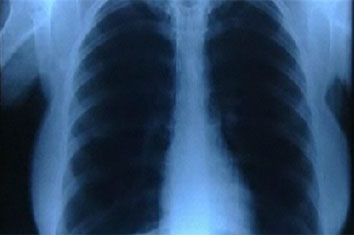 Before surgery
Before surgery
The problem: Many people automatically receive a chest X-ray to “clear” them for surgery, and some hospitals even require the test for almost all patients. But X-rays rarely find serious problems in low-risk people heading to surgery, and a careful medical history and physical exam should be enough.
When you might need an X-ray: Presurgery X-rays can be a good idea if you have lung or heart disease, or symptoms of a heart or lung condition, or if you’re scheduled for a procedure that will involve your heart, lungs, or part of the chest.
6 questions to ask before any imaging test.
1. Why is the test necessary? You should never refuse a test if it’s needed. But they’re often not. Ask why the test is being done, how the results will affect your treatment, and what will happen if you skip it.
2. Is there a safer alternative? Ultrasounds or magnetic resonance imaging (MRI), which don’t expose you to radiation, can sometimes be used instead.
3. Is your doctor credentialed? Ask whether the radiology facility is accredited by the American College of Radiology, (the ACR’s accreditation process addresses dose and image quality, unlike some other accreditors), whether the CT technologists are credentialed by the American Registry of Radiologic Technologists, and whether the person interpreting the studies is a board-certified radiologist or pediatric radiologist. Also check to see whether the radiology professional, imaging facility, or referring physician has joined efforts to reduce the overuse of medical imaging, such as Image Gently, which focuses on children, and Image Wisely for adults.
4. Has your doctor invested in a CT scanner or radiology clinic? An in-office CT scanner may seem convenient, but it carries an inherent financial conflict of interest. And studies show that physicians who own scanners use imaging much more than those who refer their patients to out-of-office radiology centers. So ask your doctors whether they are referring you to a machine or an imaging center that they have a financial interest in.
5. What’s the right dose for me? The smaller or thinner you are, the lower the radiation dose you need. The circumference of your chest, hip, thigh, or waist can also change the dose.
6. Do you have a prior scan? If you recently had an X-ray or a CT scan of the same area, ask whether your doctor can use that instead. And ask for CDs of your scans, for future visits.
Source: consumerreports.org







